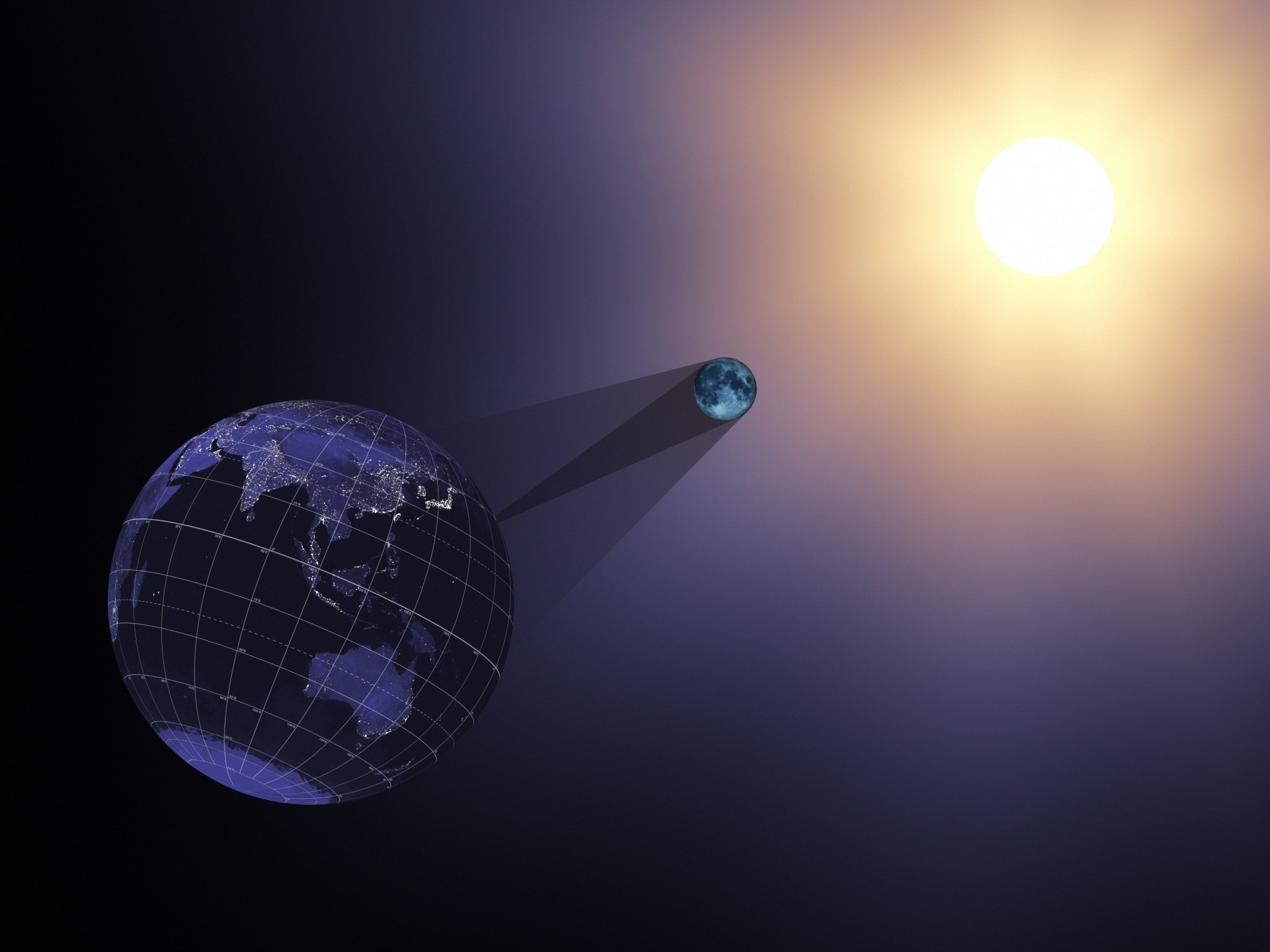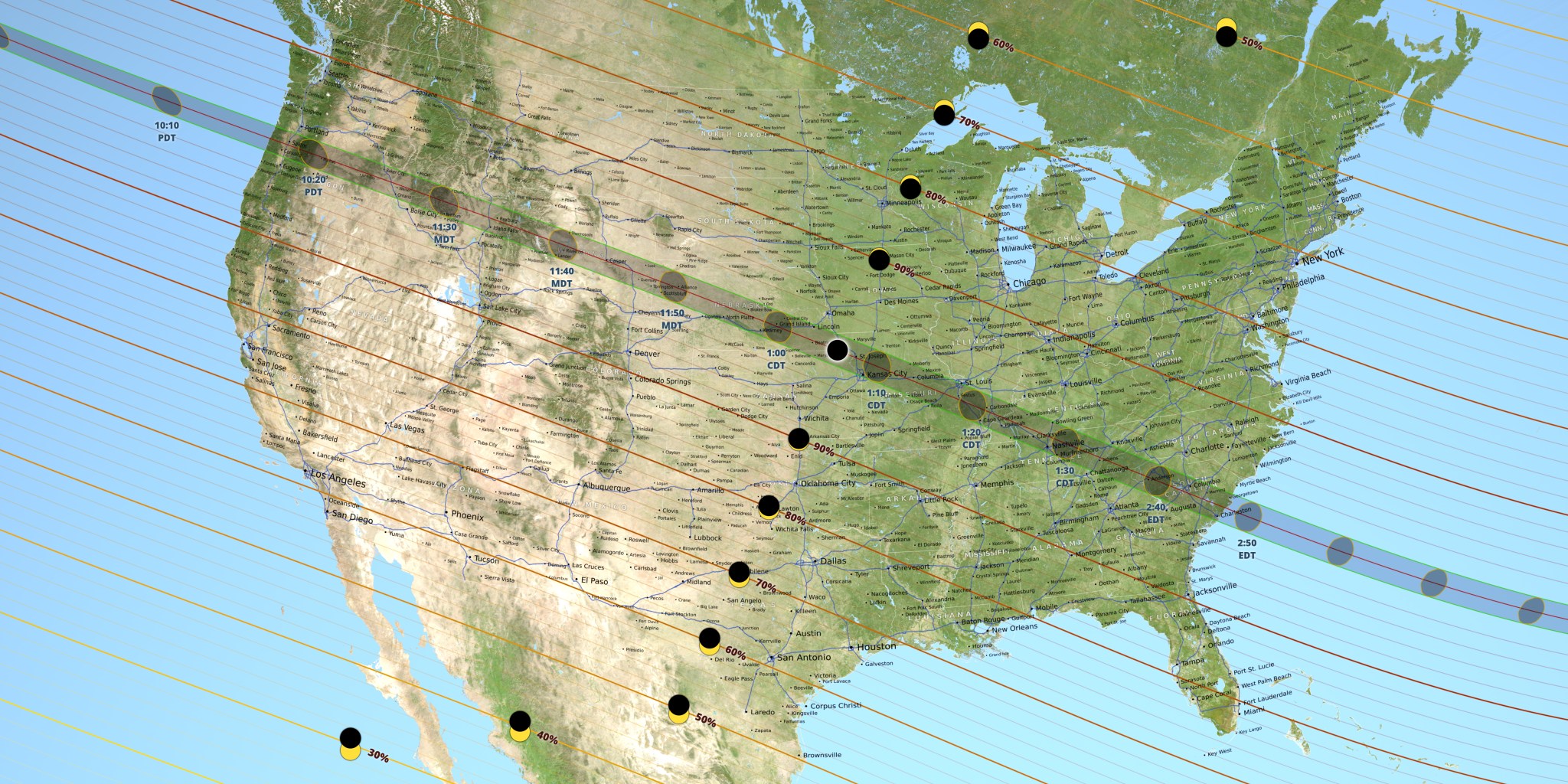A total solar eclipse will darken skies across the country Aug. 21 — and education specialists at NASA’s Kennedy Space Center in Florida are teaming up with a host of other agency resources to make this rare celestial treat a fun and memorable learning experience for eclipse viewers in Charleston, South Carolina.
A team of experts in spaceflight, education and outreach will travel from the Florida spaceport to Charleston for hands-on demonstrations and education about the eclipse, with special emphasis on how to view it safely.
“With live presentations and question-and-answer sessions, we’ll get the chance to dispel any myths or misunderstandings about the eclipse, and make sure the public gets the most correct and up-to-date information,” said Denise Coleman, an education program specialist in the NASA Education Project and Youth Engagement Office at Kennedy.
During the eclipse, the Moon will pass between Earth and the midafternoon Sun, casting a moving shadow on the landscape below. The 70-mile-wide totality path, or “umbral cone” — where the entire Sun will vanish behind the Moon — stretches across 14 states, from Oregon to South Carolina.

Charleston, South Carolina, is the final large city along the totality path, and NASA will be there to participate in several eclipse-related events that are open to the public. The Goddard Education Office, from the agency’s Goddard Space Flight Center in Greenbelt, Maryland, led the planning effort and also will take the lead on putting these plans into action, and Kennedy is playing an important role.
Coleman leads the Kennedy team participating in NASA’s eclipse activities in Charleston. The group includes education specialists, media specialists, and representatives from the Launch Services Program, or LSP, and Ground Systems Development and Operations Program, or GSDO, both of which are based at Kennedy.
- On Saturday, Aug. 19, educators and staff will provide demonstrations and hands-on activities three times during the day at the Charleston Museum, Charleston Library and Charleston Aquarium.
- During the eclipse, solar missions such as NASA’s Solar Dynamics Observatory, Interface Region Imaging Spectrograph, and Solar Terrestrial Relations Observatory, along with the ESA/NASA Solar and Heliospheric Observatory and the JAXA/NASA Hinode, will capture data, while NASA’s Lunar Reconnaissance Orbiter will take pictures of the Moon’s shadow on Earth.
- Subject-matter experts from LSP and GSDO will be present on the USS Yorktown at Patriots Point, where they’ll share their passion and enthusiasm about these missions and about how Kennedy is preparing for the next chapter in spaceflight. The USS Yorktown has a special significance to NASA: It plucked the Apollo 8 astronauts from the sea after their successful mission in December 1968.
- NASA Space Grant universities and colleges across the country are releasing high-altitude balloons carrying GoPro cameras to capture video of the umbral cone and feed these views to NASA TV. Kennedy is supporting the Puerto Rico University team, launching at about 1:47 p.m. EDT from the Riverdogs Stadium in Charleston. Kennedy’s Digital Learning Network also will run a program tied into NASA TV. The site opens at 1 p.m. Gates open at 1 p.m.
Events are open to the public, but space is limited.
“The biggest challenge will be to provide meaningful interactions with the huge audiences we’re expecting,” Coleman said. “We anticipate meeting 2,000-3,000 guests across these locations on Saturday, Aug. 19, and another 15,000-16,000 people total at three venues on the day of the eclipse.”
Many parts of the globe outside the totality path – including all of North America — will experience a partial eclipse. Back home at Kennedy Space Center, more than 85 percent of the Sun will be hidden by the Moon; in New York City, about 70 percent; Los Angeles, 62 percent; Anchorage, Alaska, about 45 percent. (Find out what you’ll see – and what time – with NASA’s eclipse maps.)

Follow along with NASA TV and livestreams from all around the country at https://www.nasa.gov/eclipselive. To join up with others in your area, find eclipse activities near you.
Kennedy’s education team didn’t want to wait until August to share the eclipse with teachers and students, so they’ve been sharing it whenever they can, incorporating it into teacher workshops and outreach events throughout the summer.
With the eclipse only a few weeks away, the Kennedy team is finalizing its plans. In vans full of banners, displays and demonstration supplies, the team will hit the road for Charleston on Friday, Aug. 18, kicking off a whirlwind weekend of science and fun.
“We’ll get to share the NASA story with all of those guests,” Coleman said, “We get to share how NASA science benefits everyone, and hopefully spark an interest in a young audience member to be drawn into a career in science, technology, engineering or math.”
Plus, she added, “you can’t beat that we’ll be in the path of totality and will be the last site to view the 2017 eclipse from U.S. soil.”
Eclipse Viewing Safety
Warning: Looking directly at the Sun is unsafe except for the brief total phase of the solar eclipse (totality) when the Moon entirely blocks the Sun’s bright face, which will only happen within the narrow path of totality. Florida will not be in this path, so there will be no safe time to look directly at the Sun with unprotected eyes during the eclipse.
There are many ways to look at the eclipse through indirect methods. However, the only safe way to look directly at the uneclipsed or partially eclipsed Sun is through special-purpose solar filters, such as eclipse glasses or hand-held solar viewers. NASA recommends checking your glasses ahead of time to make sure they meet the safety standards listed at http://eclipse2017.nasa.gov/safety.
For more information on the 2017 eclipse, visit http://eclipse2017.nasa.gov/safety.


























